Scenario/Problem:
You want to change the permissions a certain user or group of users has
on a file or list item. Because permissions for items are inherited
from the list or library they are in, the items or files have the same
permissions as the list. Sometimes you want to set different
permissions on documents or items than for the list. For example, say
you want to upload a document to share with several colleagues but not
with other people who have access to the document library.
Solution: To assign permissions on a file or list item, you can either use the Invite People button in the Shared With dialog , the Share button in the Files or Items ribbon , or the manage permissions page of that file or list item . The first two methods use the Invite concept
to invite people to the item or document. This mechanism is a quick way
to grant permissions to files or items, but it is also limited in the
fact that you can only grant permissions to view or edit, but no more.
Using the Share Option
To grant permissions to a file or item using
the Share button, choose the file or item and, in the Files or Items
ribbon click the Share button. A Share dialog box opens, as shown in Figure 1.
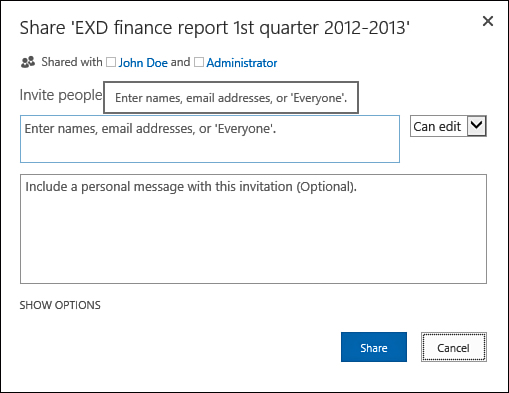
FIGURE 1 The Share document dialog box.
In this dialog you can specify one or more
people in the text box titled Invite People, and choose what level of
permissions they should have via the drop-down menu (either Can Edit or
Can View). You can also include a message that would be sent as an
email to the people you specified. If you don’t want an email to be
sent, click on the Show Options link at the bottom of the dialog and
select or clear the option to send the email.
Using the Invite People Link
In the Shared With dialog, click the Invite
People link at the bottom to redirect to the same Share dialog as
described in the previous section (refer to Figure 1).
Using the Permissions Page
When you’re on the manage permissions page
for the file or item, you might be able to immediately change
permissions, or you might have to first disconnect the permission
inheritance for that file or item. Permission inheritance is on by
default for all files or items in SharePoint. It means that the file or
item inherits its permissions from the list or library in which it is
located and has exactly the same permission sets. If the permissions for the list or library change, the permissions for the file or item are updated automatically.
Note
If a file or an item is inheriting
permissions from its list or library, which in turn is inheriting
permissions from the site (which in turn might be inheriting from its
parent site), the permission management page shows a yellow bar above the list of permissions. This bar says that
the file or item is inheriting from a parent and displays a link to
where you can manage the permissions—at the level of the list, library,
site, or parent site.
While inheritance is active, setting a different permission level on a file or an item is not possible .
To stop a file or an item from inheriting permissions, click the Stop
Inheriting Permissions button in the Permission Tools ribbon.
If you want to change the permissions for the
parent—whether it’s a list, library, or site—you can click the Manage
Parent button in the ribbon or click the link to the parent in the
yellow bar.
After you click the Stop Inheriting
Permissions button, a prompt appears, asking you to confirm that you
want to disconnect the permissions inheritance from the list or
library. The prompt also explains that after you do so, changes to the
permissions of the list and library will not affect the file or item
you are managing. This means, for example, that if a certain user is
granted permissions to edit files or items in the list or library after
you disconnect the inheritance of permissions, that user still can’t
edit the specific list item or file that you managed unless you (or
someone else) explicitly give that user the permissions to edit that
document.
If you are sure that you want to manage the
permissions for a file separately from the permission of the list or
library, click OK. The page changes and allows you to manage the
permissions for the file or item.
If the file’s or item’s permission
inheritance was already disconnected in the past, by you or by someone
else, you see the screen shown in Figure 2
when you click Manage Permissions for the file or list item. You can
change your mind and switch the file or item back to inherit permission
using the Delete Unique Permissions button on the ribbon.
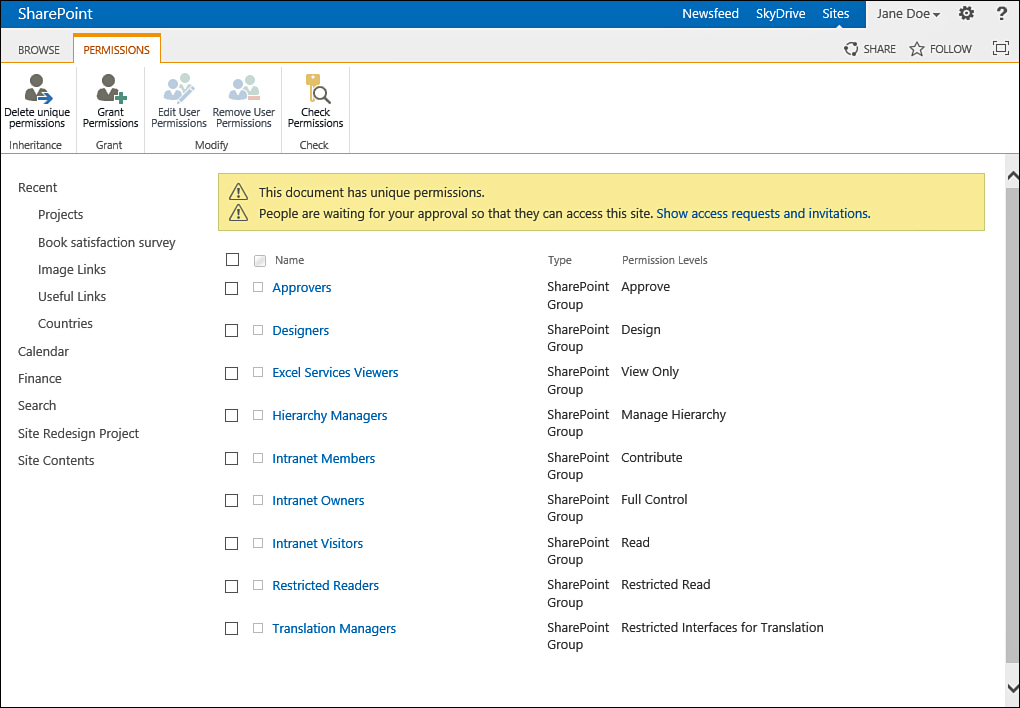
FIGURE 2 The edit permissions page for a list item or file when permission inheritance is disconnected.
Now you can manage the permissions on the
file or item. To add permission to a user or group that doesn’t already
have permissions, click the Grant Permissions button in the Permissions
tools ribbon. This opens the Grant Permission dialog, which enables you
to select either a user or group and select what permission levels
should be given. Although this dialog is similar to the dialog used by
the Invite mechanism (refer to Figure 1), the additional options under the More Options enable you to specify a more specific permission level, as shown in Figure 3.
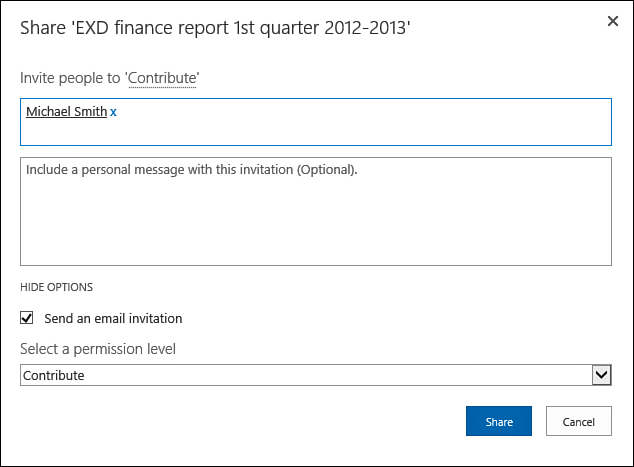
FIGURE 3 Granting permissions to a new user or group.
In the Select Users section, type the name
(or part of a name) or e-mail address for the user or group that you
want to add. Or click the address book icon to open the people search
dialog, where you can search for people by typing a name or part of a
name. You can add more than one user or group at a time by separating
the names with semicolons. This is similar to when you are writing an
e-mail message in Microsoft Outlook and you choose who you want to send
the e-mail to.
As you type the person’s name or email
address, SharePoint will show you a list of possible names to select
from. If there is no exact match for the name you entered and you try to click the Share button, a red underline appears beneath the name (see Figure 4).
You can then click the name to open a menu that shows users who are a
close match to that name or select to remove the name. For example,
typing “Joh” and clicking the Check Name icon causes a red line to
appear under the name “Joh.” When you click it, you see that there is a
user called John Doe. If this is the user you’re looking for, click the
name. If not, you can click the “x” link next to the name to delete
John from the text box.
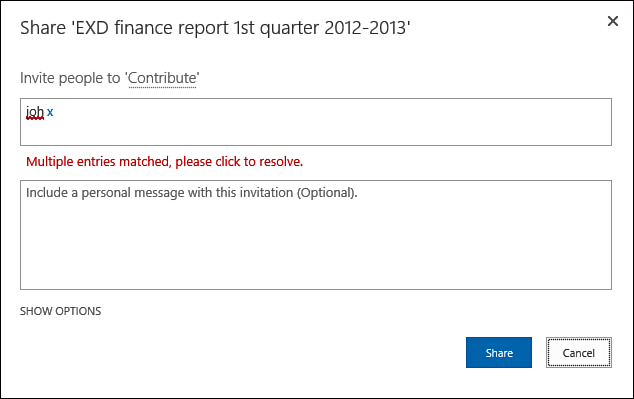
FIGURE 4 Typing part of a name in the text box.
To specify more than one person, simply continue typing after selecting the first one.
After you have selected all the users and/or
groups that you want to add to the list, select the permissions they
should have by clicking Show Options and selecting a permission level
from the list of permissions, as shown in Figure 5. Selecting options here gives the users the permissions you selected.
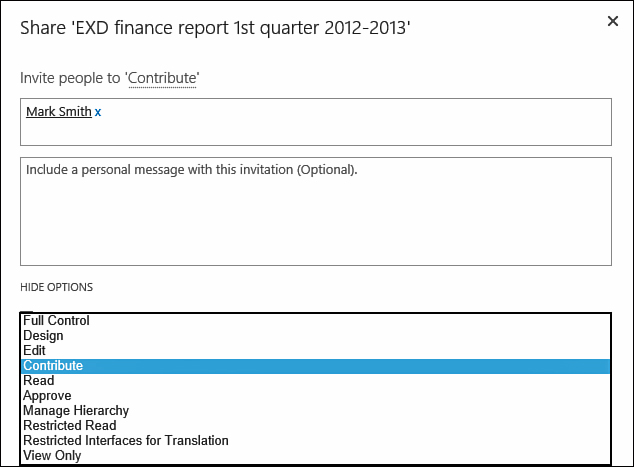
FIGURE 5 Selecting a specific permission level.
Similarly to the Invite
dialog, if the server hosting the SharePoint site supports sending
e-mail messages, another option appears, allowing you to send e-mail to
the users to tell them that they have permissions on the file or item
(refer to Figure 3).
You have the option to select not to send the e-mail, or if you select
to send it, you can change the title and body of the message.
When you are done selecting all the options, click OK to save the new permissions.